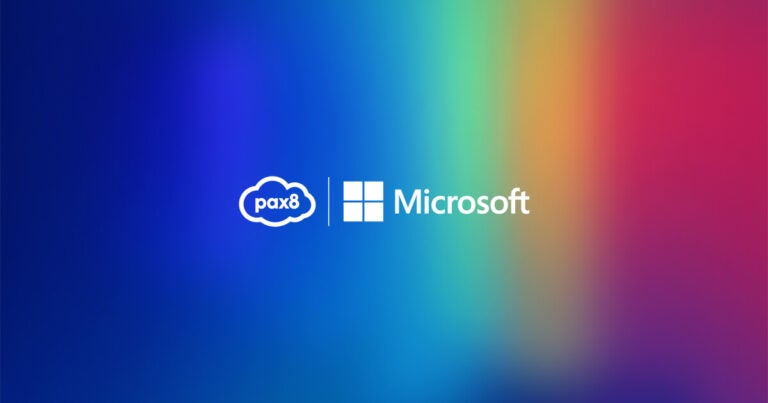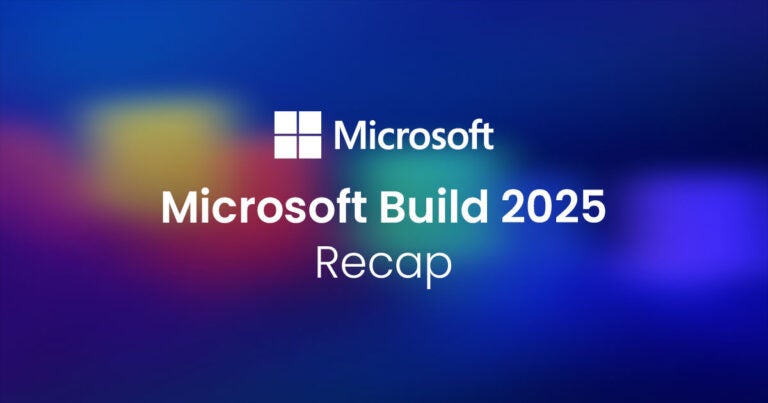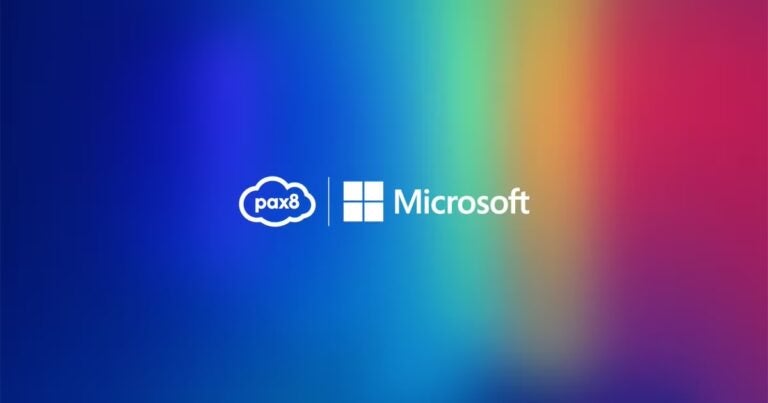Learn key strategies for offering Dynamics to your clients.
Microsoft Dynamics 365 is a versatile collection of applications, each focused on a specific business need. At its core are Dynamics 365 Sales, a powerful customer relationship management (CRM) tool, and Dynamics 365 Business Central, an integrated enterprise resource planning (ERP) solution.
There is a lot Microsoft Dynamics can do, and a lot of possible ways to introduce and position it to your clients. It may be overwhelming trying to figure out how exactly to get started. You also may not know what you should be looking for (i.e. what signs will help you identify the best fits for each solution).
In this article, we’ll go over some tips that can help you build a proper strategy for positioning and discussing Dynamics 365.
Tip #1: Talk to the right people.
The first key to selling Microsoft Dynamics solutions is to make sure you have the ears of the people who are best suited to make these decisions for their company.
Start with the end users to hear what pain points they may be experiencing in their day-to-day work. This is where you can identify what specific solutions may be right for solving their problems or optimizing their daily workflows.
Then, you’ll want to speak to the right department head or manager based on which Dynamics solution you think the organization could benefit from. For D365 Sales, talk to the head of the sales department, the sales managers, and leaders in the marketing department. For D365 Business Central, the figures you’ll want to reach out to are the head of accounting and the operations manager.
Tip #2: Look for manual processes.
When you’re exploring the work of the end users, the biggest issues to keep an eye out for are redundant, manual processes that slow things down and create unnecessary work. Clients without a CRM or ERP solution will often try to track things like sales, opportunities, inventory, and purchases manually.
Specifically, look out for sales or customer tracking processes that are being run through Outlook or Excel spreadsheets. You’ll probably find that clients are duplicating their efforts with multiple, inefficient spreadsheets.
Even if the client is using a competing CRM or ERP solution, they may still have some major pain points based on the limits of that solution’s capabilities. It may not have all the tracking features they want, or it may not integrate with other solutions in the environment, requiring manual work to be done.
Gathering information on these manual processes will allow you to demonstrate how much time, money, and effort could be saved if the client were to adopt a Dynamics 365 solution and to point out the specific areas it could be implemented.
Tip #3: Land and expand.
Another key is to not overwhelm the client with all the different possibilities of Dynamics 365 upfront. Rather, start small and focus on a few simple processes that could be improved.
For example, if you notice that the company is still using paper signatures in their processes, you can suggest that they make the switch to e-signatures via SignNow, which integrates with Dynamics 365. You can then use that change to drive more conversations with the right people, identifying where else they could benefit.
Once the client sees the success of the change, they may be open to more suggestions for additional solutions or features.
Some of the best ways to get started include talking to human resources about how they make their employee handbook available to employees or talking to sales representatives about digitizing their records.
Tip #4: Offer MVP-style implementation.
When talking with clients about Dynamics 365, one of their biggest hesitations may be around the implementation process — and not without reason.
Traditionally, the implementation of a CRM or ERP solution involves a consultant gathering requirements from all of the organization’s stakeholders in-person and developing a plan and scope of work from there. This is usually a paid engagement and can be quite costly depending on the consultant’s fees.
It can also take anywhere from three months to three years to complete, meaning the client will have to wait a long time before they see any return on their investment. During the wait, the requirements, stakeholders, and business environment may change, further complicating the process.
This is why we recommend a different approach to implementation focused on the minimum viable product (MVP). Instead of trying to develop a thorough master plan for implementation, the MVP-style implementation looks for areas where a solution can be put in place quickly and with the least amount of effort.
This allows businesses to start utilizing the benefits of CRM and ERP faster, and to see more immediate returns on their investment. Once those initial features are implemented, work on bringing in more functionality in iterations.
For Business Central, the easiest capabilities to set up first are:
• General Ledger
• Chart of Accounts
• Financial Reporting
For Sales, they are:
• Importing accounts, opportunities, leads, and contacts.
• Customizing sales processes
• Adding automations
Ramp Up Your Microsoft Dynamics Knowledge
Need to know more about Dynamics before you start selling? Pax8 has you covered.
We put together a breakdown of the basics so you can get up to speed on everything Microsoft’s powerful suite of business applications can do. Simplify the complexities and familiarize yourself with the different components using this informative infographic.





